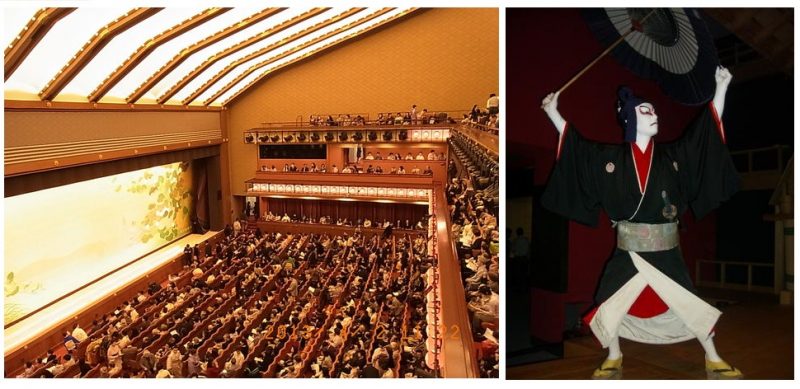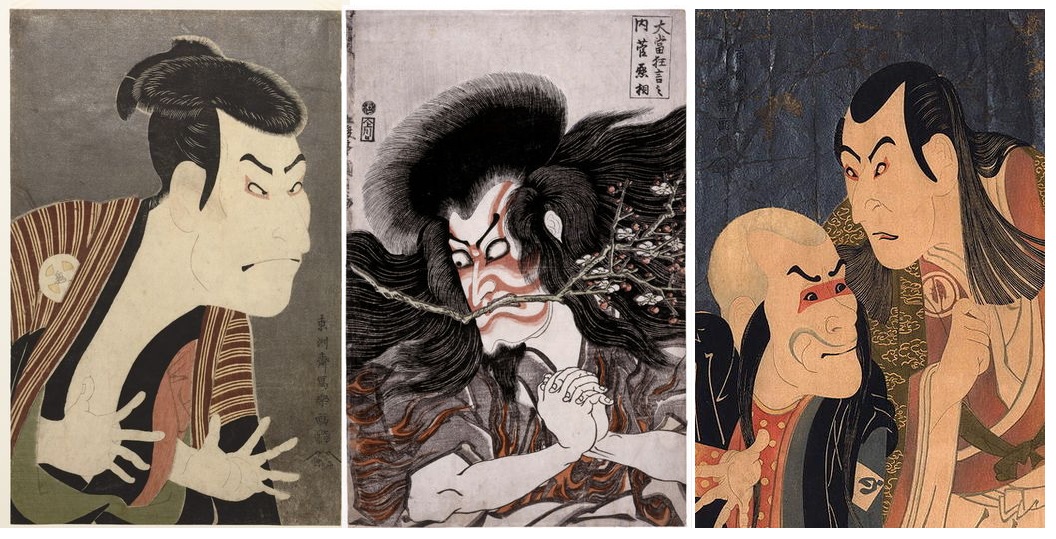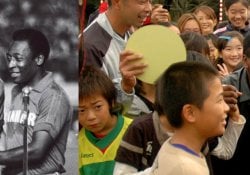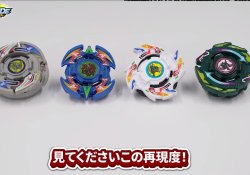Kabuki is a form of traditional Japanese theater that is known for its highly stylized performances, costumes and set designs. The name Kabuki (歌舞伎) means singing (ok) (歌), dance (boo) (舞) and skill (ki) (伎), so kabuki it is "the art of singing and dancing".
but these ideograms have a double meaning. In fact, it is believed that the kabuki derive from the verb kabuku, meaning something "out of the ordinary", from which the sense of "vanguard" theater or "bizarre" theater can be inferred.
Índice de Conteúdo
Origin of Kabuki
Its remote origin was in the 17th century, when religious themes were parodied with sensual dances. O Kabuki was started by a woman known as Izumo no Okuni who rose to prominence for her groundbreaking performances. It is believed that she was a Miko (priestess). The early years of Kabuki's life were dominated by the performance of women. But the erotic appeal of some Kabuki pieces, the blatant prostitution of some actresses, made the style an affront to the morality of the society of the time, taking the name of yûjyo kabuki (kabuki of prostitutes).. The performances got too wild, causing Kabuki to be banned by the Shogun in 1629.
To get around the ban, the show was then staged by boys who played female roles. At the same time, the theater kabuki became a popular show that combines realism and formalism, music and dance, mime, staging and costumes, implying a constant integration between the actors and the audience. Over time the tradition of men playing female roles became one of the defining characteristics of Kabuki.
But the same story repeats itself, the boys in kimonos dressed as women, became a success. Causing irresistible fascination on the audience of male admirers and constituting preludes to homosexuality and prostitution. Again the government banned young boys from the stage, now adult men had to continue this bizarre theater.
Golden years
The period from 1673 to 1841 is often referred to as the golden years of Kabuki. It became the predominant form of entertainment in Japan during this time. Performances began to be held every day, merchants took advantage of this theater to profit from food and drinks, conversations revolved around Kabuki, artists made their paintings and portrayals of this art style. It really was a golden age for Kabuki.
The decline
At the end of the 19th century, Kabuki began to lose its fame, because of westernization in the Meiji. During World War II, kabuki was used as a nationalist propaganda tool. After the war, the Americans banned kabuki, probably because it aroused homosexual desires.
But over time, Kabuki began to gain fame again, appearing in the media, in movies, as part of traditional Japanese culture. Today it is possible to find some performances in some places in Japan, attracting mainly curious tourists...
Below we will leave some videos for you to see this bizarre theater. Is that you? What do you think of this bizarre theater?
The Video below shows a dance.
https://www.youtube.com/watch?v=4JjLuh4Ns7s
The video below shows a presentation.
The video below shows the preparation of the artists, and a modern performance in Roppongi.







